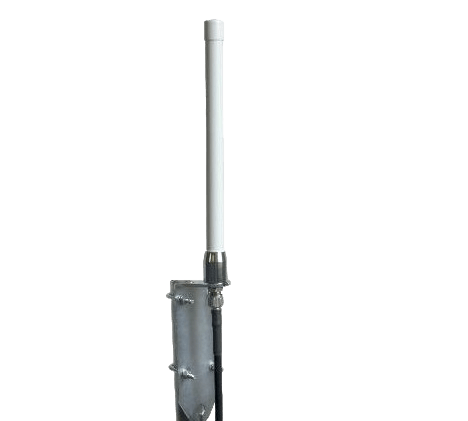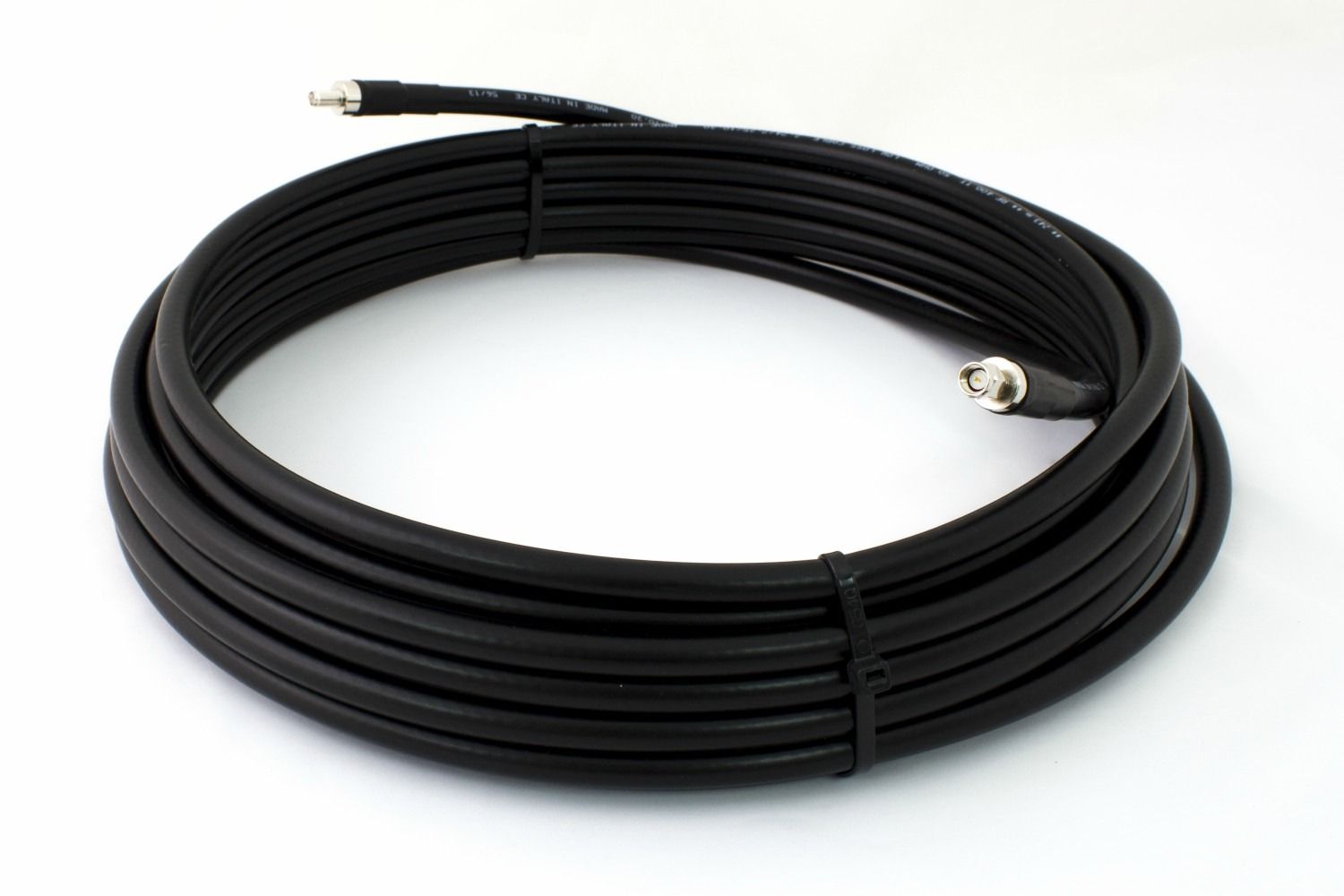Helium Outdoor Antennas FAQ Installation & Deployment
- What is an omni-directional antenna?
- a omni-directional antenna is an antenna that radiates in every direction.
- What characteristics does a good helium omni antenna need?
- A good outdoor helium omni antenna needs to combine effective RF performance with excellent build quality. Reliable gain figures are important for planning your deployment and the use of quality materials such as fibreglass tubes to ensure longevity when exposed long term to UV from sunlight and the weather.
- What mounting options are possible?
- A good helium antenna will offer multiple mounting possibilities. Limiting the mounting to only pole mount or only wall-mount is restrictive therefore an antenna that offers both mounting options is preferred.
- Is the choice of RF cable important for Helium deployments?
- The selection of quality RF cable is important for Helium antenna deployments especially for longer cable runs where it is critical to minimize signal losses (attenuation) over the length of the cable. For 10M or 20M cables, look towards 240 or 400 type cables respectively to mitigate signal losses.
- Is a surge arrestor required for Helium installs?
- This is really a question for the installer. In the UK lightning strikes are very rare, so typically surge protectors are not used as the chance of a strike is so low. However, a “belt-and-braces” approach might be considered where a surge protector is used.
- What the best advice for choosing a Helium outdoor antenna?
- Use a quality antenna from a reputable manufacturer where you can be sure that the specifications published match the performance of the antenna. Ensuring that the antenna is made of quality materials means that the antenna is unlikely to fail with a few weeks of installation. Select high quality low loss cables that mean you do not lose all the gain offered by the antenna over the cable run.
We hope this short Helium Outdoor Antennas FAQ has been useful. Check out the Helium antennas at our web shop.


